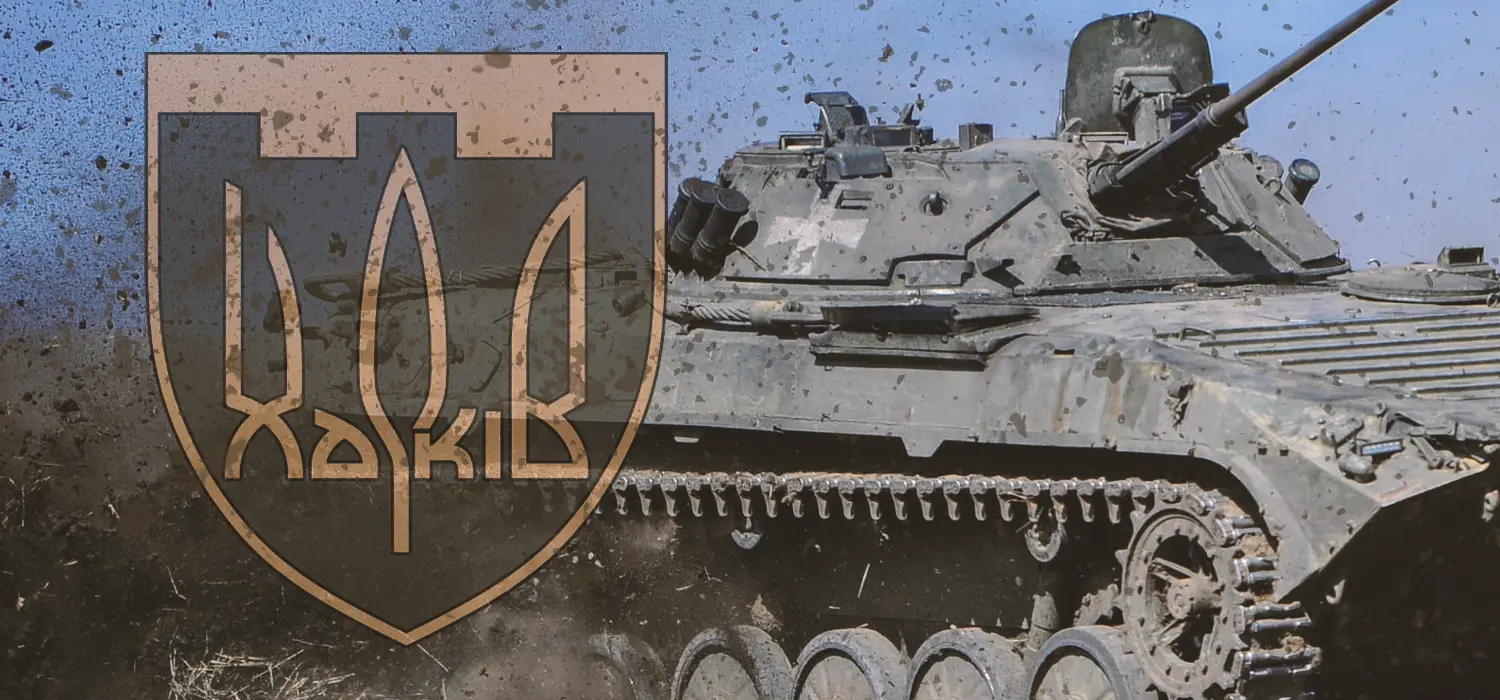Interesting way of developing an Infantry Fighting Vehicle (IFV) challenging convention by doing it backwards.
Most countries first develop a wheeled IFV or Armoured Personal Carrier (APC) before using the hull, usually an enlarged and reinforced version, to make a Fire Support Vehicle (FSV) that usually mounts a 105mm calibre main gun.
The Japanese, however, took the opposite direction in first developing the FSV in the form of the Mitsubishi Type 16 Maneuver Combat Vehicle (MCV) before using it as a base to develop other variants.
This is likely an inspired decision as designs developed in the conventional manner often suffer from excessive weight gain as the need to mount the heavier 105mm main gun and larger turret often compromised the vehicle's balance and manueverablility.
Here's an example of a design that likely benefited from losing weight instead as the Type 24's 30mm autocannon is lighter than the Type 16's 105mm gun.





